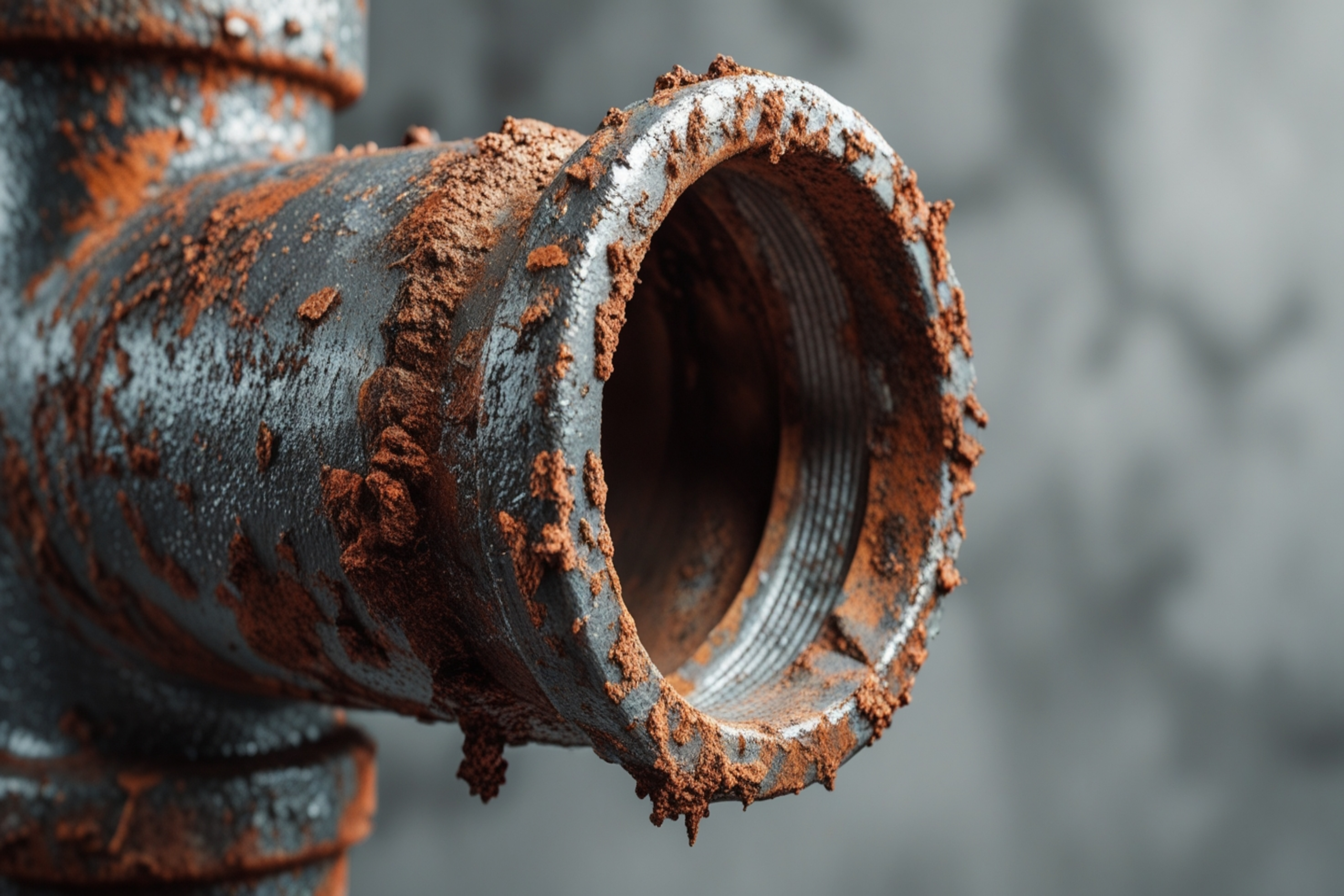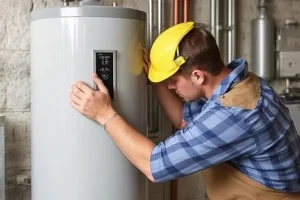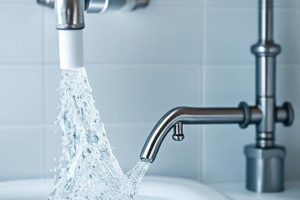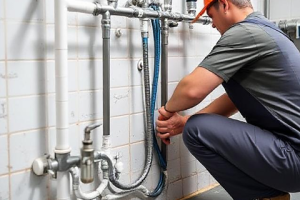Older Fayetteville homes have character but sometimes that charm includes hidden plumbing surprises. Catching those early signs can save you from structural damage, mold growth, and big repair bills. Here’s what to watch for, what you can do now, modern tools worth considering, and when to call a professional.
Why Hidden Leaks Matter
Even small leaks can lead to mold within 24–48 hours when moisture lingers. Stopping damage early protects your home’s health and your wallet.
Subtle Warning Signs to Look For
- Unexplained spike in your water bill
If your usage hasn’t increased but the bill has—something may be leaking. - Your water meter moves when everything is off
Turn off all water sources. If the meter still registers movement, that’s a clear sign. - Musty or mildew smells in dry areas
Smells in closets or behind furniture? That could be moisture hidden behind walls or floors. - Discolored, bubbling paint or wall/ceiling stains
Brown rings, peeling paint, or bubbling often mean water has been creeping around. - Warped or soft floors and baseboards
Wood subfloors in older houses can warp, buckle, or soften when moisture seeps in. - Persistent or recurring mold growth
If mold keeps coming back, there’s likely a hidden moisture source fueling it. - Damp, soggy spots in the yard
Water pooling by the foundation or under downspouts could signal underground leaks or sewer issues. - Sounds of running water when everything’s silent
Hissing, dripping, or gurgling inside walls or under the floorboards is a good indicator. - Unexpectedly low water pressure
If one fixture is weak, the leak might be localized. But if pressure is low throughout, it could be a more serious internal issue. - Unusual humidity or condensation
Higher-than-normal indoor humidity or window condensation—even when it’s not cold outside—can point to hidden dampness.
DIY Checks You Can Do Now
- Water meter test: Shut off all water. Note the meter reading. Wait an hour, then check again. Any change? You might have a leak.
- Listen carefully: During a quiet moment, press your ear to walls near water routes—especially around kitchens, bathrooms, and laundry areas.
- Paper towel trick: Place towels under connections like dishwasher hoses or refrigerator lines. Check after a few days for any dampness.
- Use a moisture meter: Rent or buy one—this tool shows if drywall or floors are damp and helps you pinpoint hidden trouble.
Modern Tools Worth Considering (2024–2025)
- Smart leak detectors and water monitors: Devices like Flo by Moen, Phyn, and First Alert can alert you to small leaks, monitor unusual water usage patterns, and in some systems, automatically shut off the water to prevent damage.
- Spot sensors: Place these near high-risk areas like water heaters, washers, and under sinks. They alert your smartphone at the first sign of moisture.
- Advanced professional leak detection: Infrared imaging, acoustic listening, and tracer technology can locate leaks behind slabs or walls without the mess of demolition.
Preventive Tips for Older Homes
- Insulate exposed pipes, especially in crawl spaces or attics, and keep vents and gutters maintained to avoid condensation.
- Replace old piping materials when possible. Older galvanized or polybutylene pipes are more prone to corrosion and failure.
- Inspect appliance hoses regularly. Replace rubber hoses every 5–7 years to reduce the risk of a sudden burst.
- Install smart detection systems near high-risk spots. The peace of mind often outweighs the investment.
When to Call a Professional
You should call a licensed plumber right away if you notice:
- Active pooling or sagging ceilings
- Large water stains or visible mold spreads
- Meter test confirms ongoing loss
Professionals will use non-destructive methods like acoustic or infrared technology to locate the leak and give you a clear repair plan.
Not sure? Schedule a hidden-leak inspection and we’ll use advanced detection tools and provide a clear estimate.











